Looking for your next big ski adventure? Welcome to Ridder, a remote mountain town in Eastern Kazakhstan surrounded by the snow-covered West Altai Mountains. This is a place where cat skiing and ski touring come together in a vast, untouched landscape filled with deep powder, wide glades, and true wilderness vibes.
Still under the radar for most European skiers, Ridder is the kind of place where you’ll find untracked lines every day, friendly locals, and a rich mix of cultures—all set against a backdrop of dramatic peaks and endless snow.
A Skiing Playground in the Altai Mountains
The West Altai mountains rise up to 2,000m around Ridder, offering some of the best terrain for backcountry skiing and freeriding in Central Asia. Picture perfect slopes between 20–35°, open glades lined with fir trees, and 300–800m vertical descents on every run. There’s a mix of terrain to suit everyone—whether you’re into mellow tree runs or steep couloirs and playful pillows.
This part of Kazakhstan gets hit by cold, dry air from the Siberian plains, making it one of the snowiest regions in Asia. With consistent snowfall from late November onwards, it’s a great place to kick off the season early—often with better snow and fewer crowds than Japan or Canada.
Ridder: A Mountain Town with a Story
Founded in 1796 by a German engineer, Ridder is a small town with a big personality. Once a mining outpost, it now stands as a gateway to some of Kazakhstan’s best ski touring and cat skiing terrain.
Here, you’ll experience a blend of Kazakh hospitality and Soviet heritage, with warm, welcoming locals and a simple, relaxed vibe. There are no flashy resorts or overpriced après bars—just real mountains, real snow, and real adventure.
Kazakhstan Travel Essentials
Kazakhstan is the ninth-largest country in the world, and it’s full of surprises. From the buzzing city life of Almaty to the remote wilds of the Altai Mountains, it's a country where tradition meets modern life.
-
Capital: Astana (formerly Nur-Sultan)
-
Main travel hub: Almaty
-
Currency: Kazakhstani Tenge (KZT)
-
Languages: Kazakh and Russian (Russian is more commonly spoken in the East)
-
Time Zone: UTC +6
-
Religion: Mostly Muslim, with a large Orthodox Christian minority
-
Plugs: European-style Type C & F (220V)
Language & Communication
In Ridder, Russian is the dominant language, while Kazakh is the national language. English isn’t widely spoken, so it’s best to travel with a local guide who can help with translation and logistics. The people are friendly and helpful, and you’ll find genuine hospitality wherever you go.
Climate & Snow Conditions
Winters in Eastern Kazakhstan are cold, dry, and perfect for powder skiing. Ridder’s climate is heavily influenced by Siberia, meaning low humidity and frequent snowfall. Average daytime temperatures in winter range from -5°C to -15°C, but the dry air makes it feel manageable—even pleasant.
Thanks to consistent snow from November onwards, early season skiing in Kazakhstan is not just possible—it’s often amazing. Snowpacks are deep and stable, especially in forested terrain, and you’ll often have entire valleys to yourself.
Wild Nature: Flora & Fauna
The Altai Mountains are a protected UNESCO biosphere, home to a wide variety of plants and animals. You’ll ski through forests of Siberian fir, spruce, and pine, with open alpine terrain above the tree line. Wildlife includes elk, lynx, foxes, and in the higher reaches, even snow leopards—although they’re extremely elusive.
If you’re into nature, this is one of the most pristine alpine environments you’ll ever visit.
Food & Local Cuisine
After a long day in the backcountry, you’ll be treated to hearty Central Asian meals that are warm, filling, and full of flavour. Expect a mix of Kazakh, Russian, and Uzbek dishes like:
-
Lagman – thick hand-pulled noodles with lamb and vegetables
-
Manti – steamed dumplings filled with spiced meat
-
Plov – rice cooked with lamb, carrots, and garlic
-
Beshbarmak – Kazakhstan’s national dish made with boiled meat and flat noodles
-
Shashlik – grilled skewers of marinated meat
-
And of course, plenty of chai (tea) and the occasional vodka toast
You won’t go hungry, and the food is part of the adventure.
Getting to Ridder: Flights & Travel Info
Your journey begins in Almaty, Kazakhstan’s biggest city and international gateway. Flights from Europe, the Middle East, and Asia arrive regularly from hubs like Istanbul, Frankfurt, and Dubai.
From Almaty:
Make sure you leave enough time between flights. Once you land in Almaty, exit the international arrivals area, turn right, and follow the signs toward domestic departures. If you have extra time, wait outside the domestic terminal before checking in—there isn’t much to do after security.
Bonus: Almaty City Stopover
Almaty is worth a visit on its own. Set against the backdrop of the Zailiyskiy Alatau mountains, it’s a vibrant city with a mix of Soviet architecture, leafy boulevards, bustling markets, and trendy cafes. Highlights include:
-
Green Bazaar – a sensory overload of food, spices, and culture
-
Kok Tobe Hill – for panoramic views and a ride on the cable car
-
Central Mosque & Zenkov Cathedral – stunning religious architecture
-
Great local coffee shops, microbreweries, and surprisingly cool nightlife
Why Choose Kazakhstan for Your Next Ski Trip?
If you’re looking for something different—something raw, real, and far from the crowded resorts—cat skiing and ski touring in Ridder, Kazakhstan is a one-of-a-kind experience. You’ll find:
✅ Deep, reliable powder
✅ Remote, crowd-free terrain
✅ Friendly locals and authentic culture
✅ Affordable, early-season skiing
✅ Epic mix of tree skiing, couloirs, and alpine descents
This is the kind of place that stays with you. Kazakhstan isn’t just another ski trip—it’s a true adventure.
 Off-Piste
Off-Piste Ski Touring
Ski Touring Via Ferrata
Via Ferrata Ice Climbing
Ice Climbing Alpine Glacier Trekking
Alpine Glacier Trekking Worldwide Trekking
Worldwide Trekking





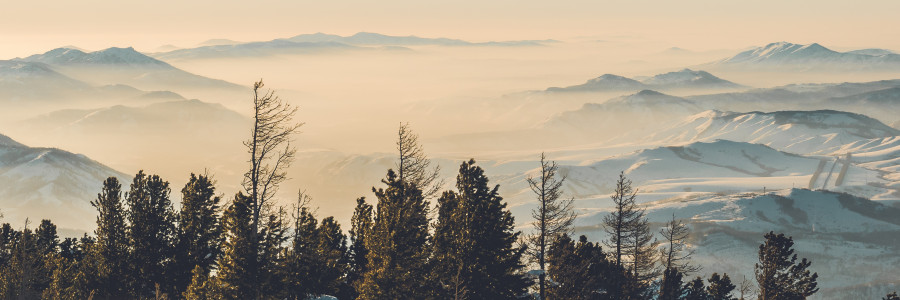

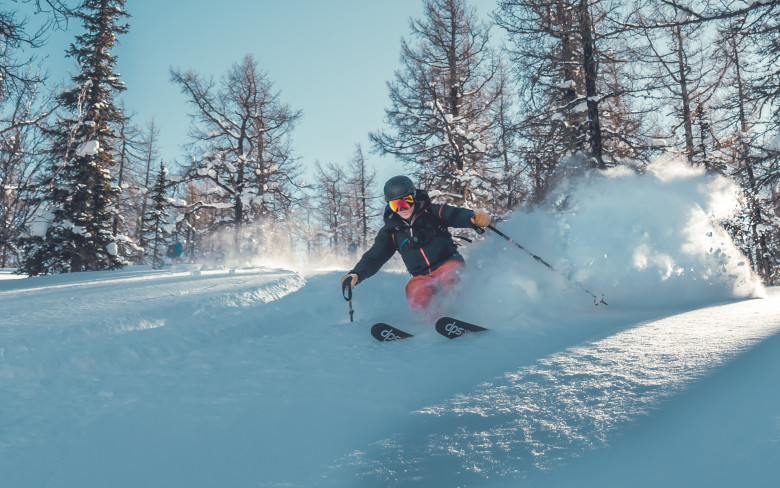
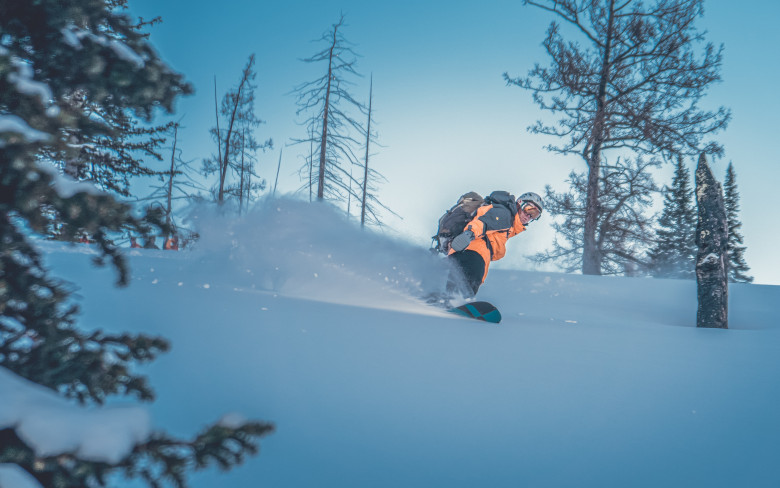
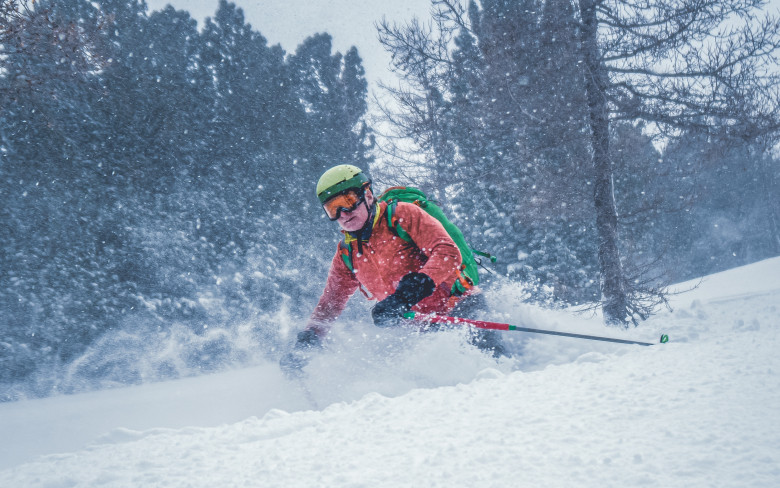
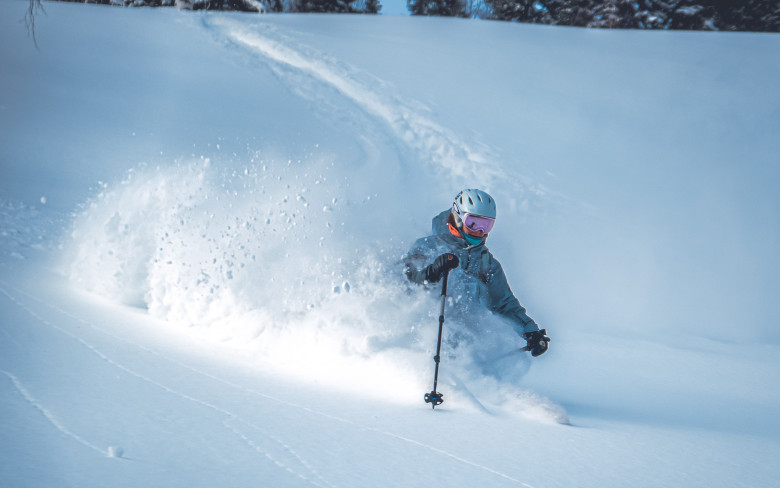
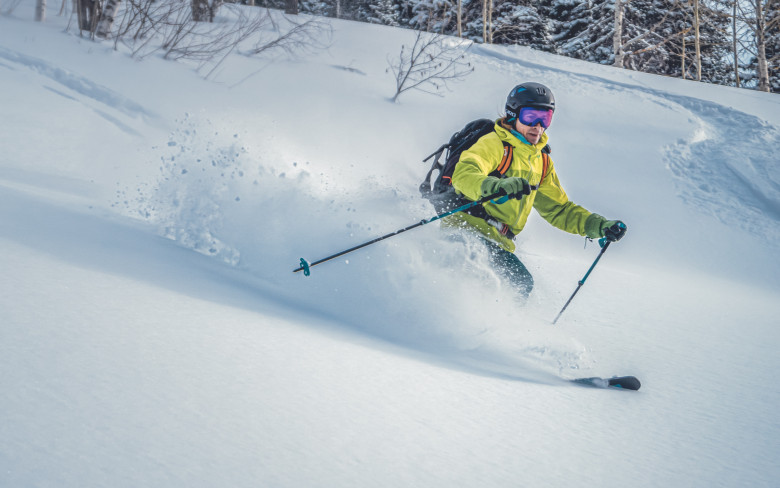
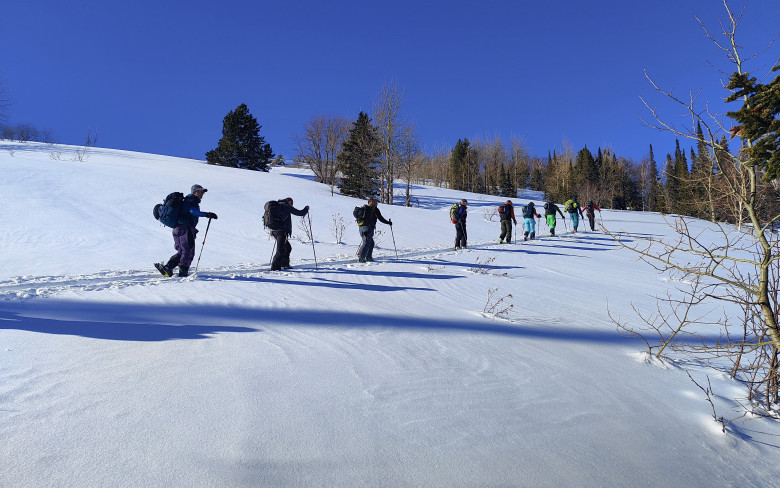
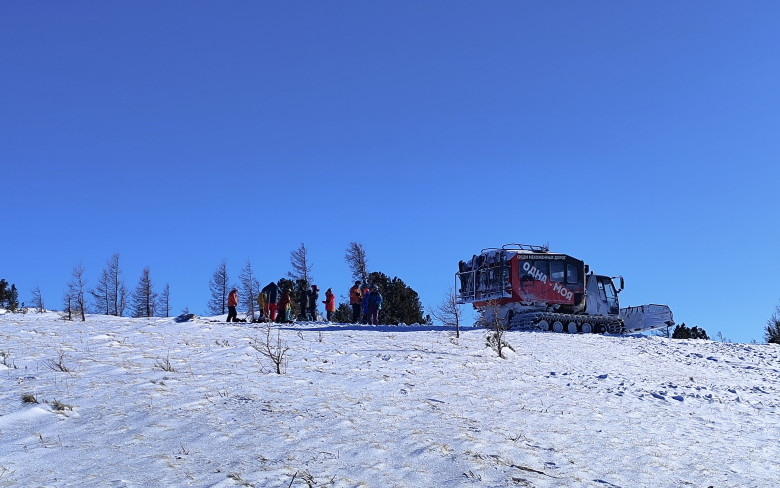
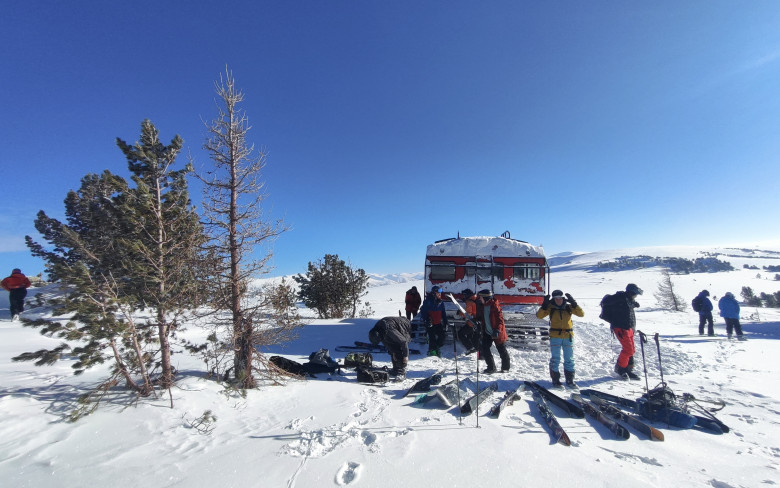
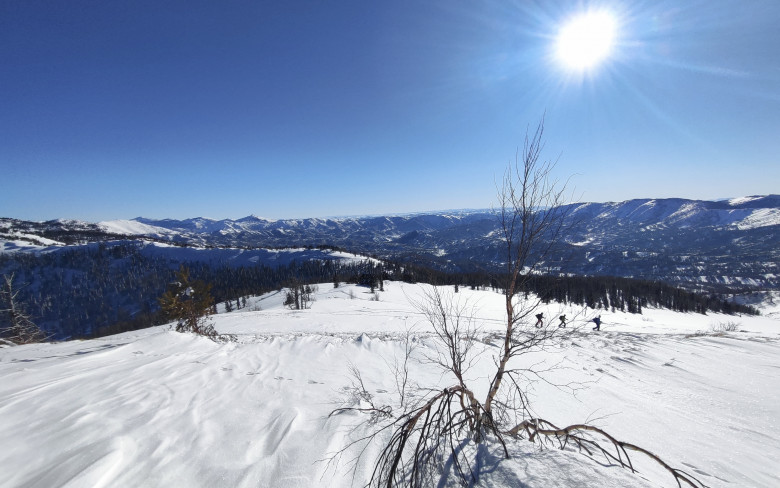
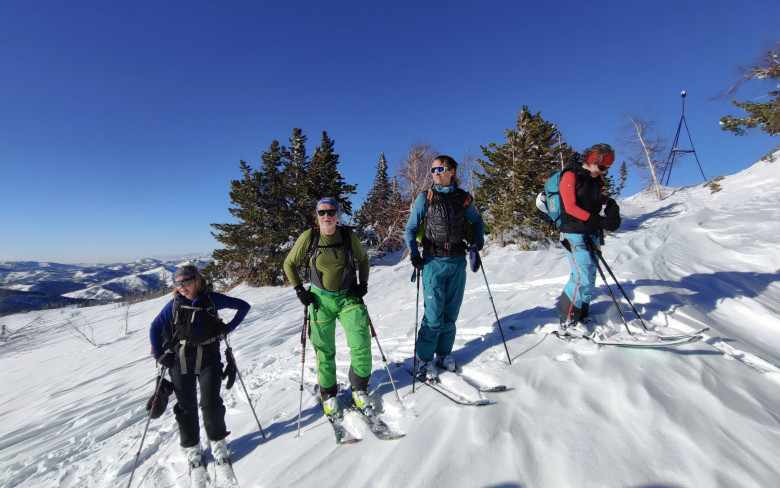
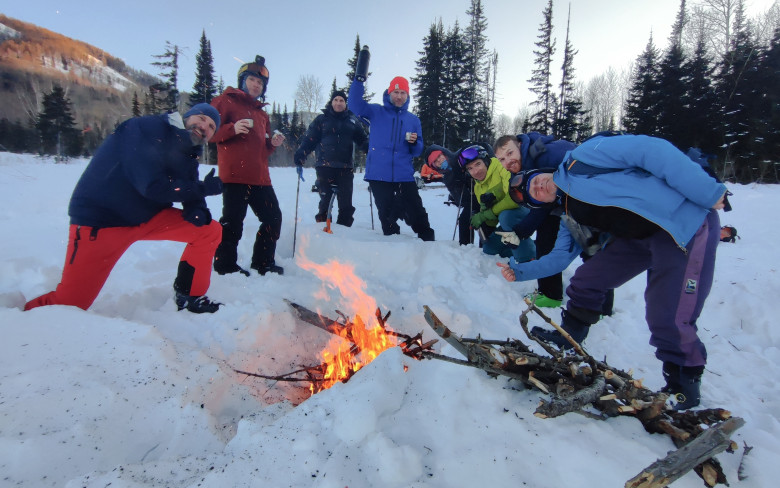
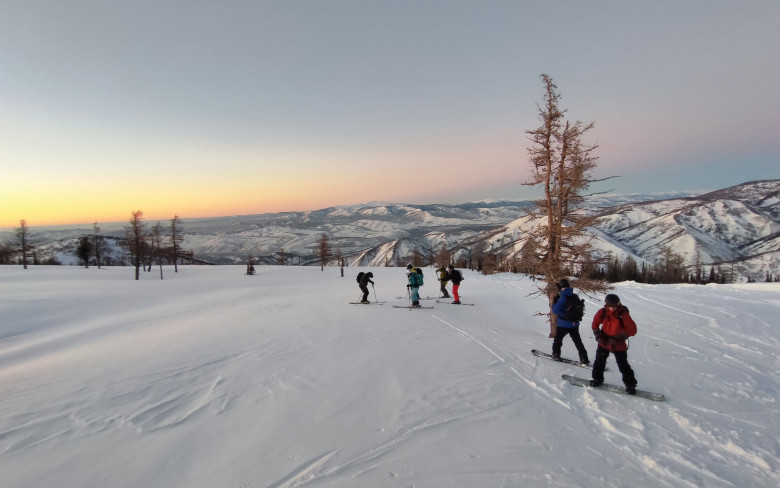
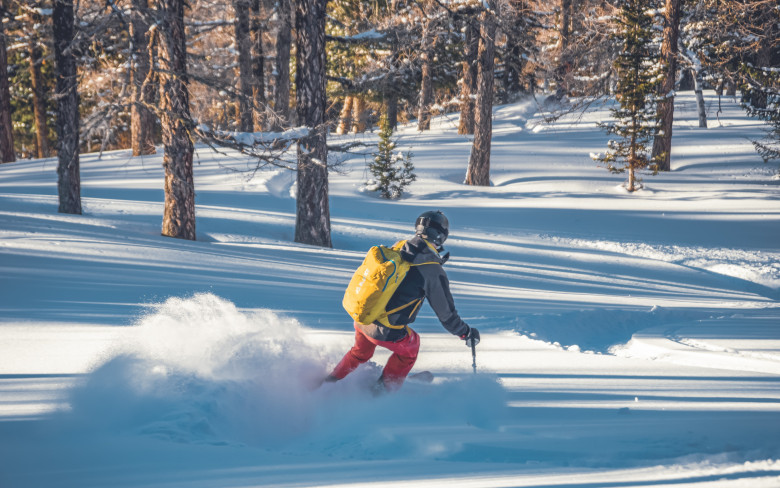
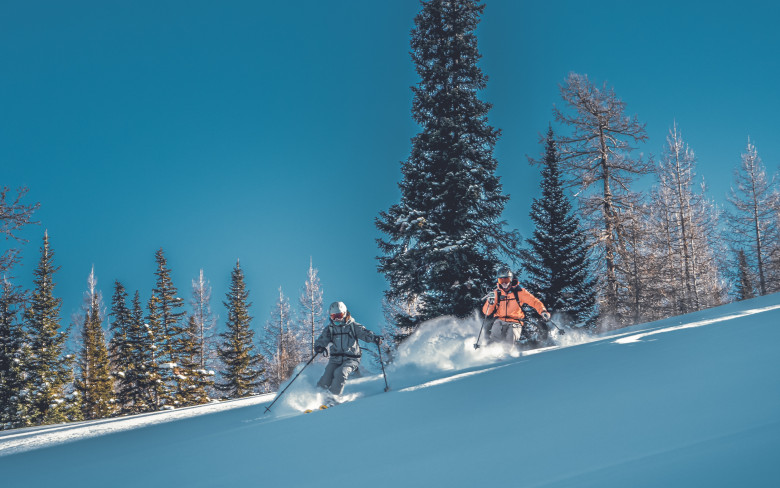
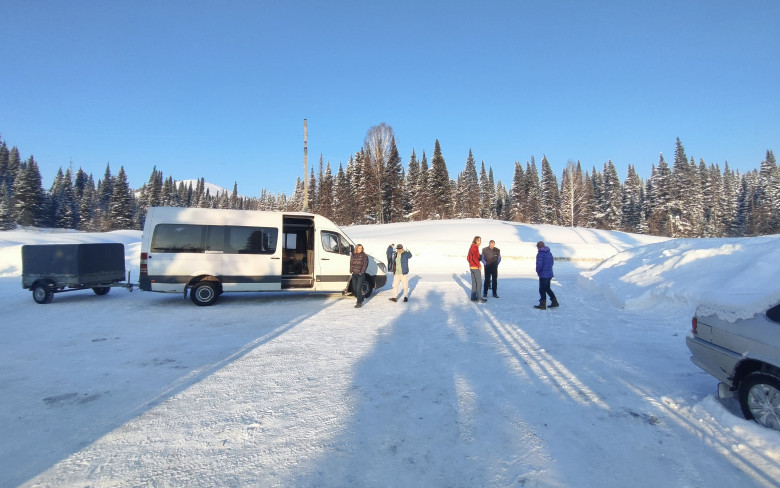
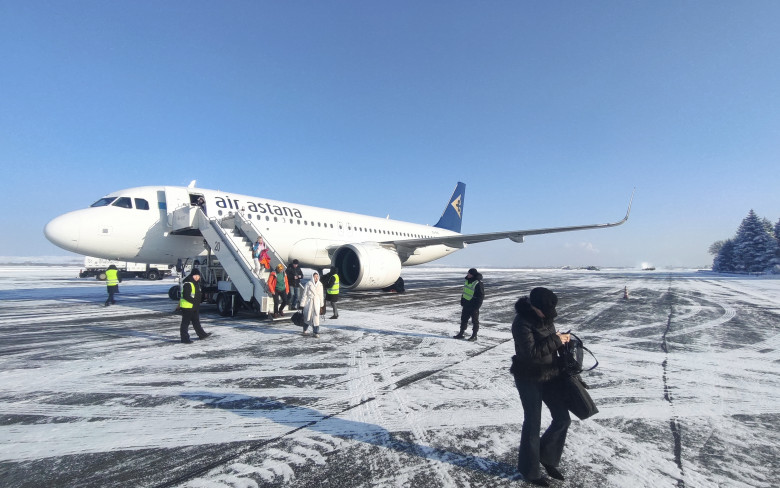
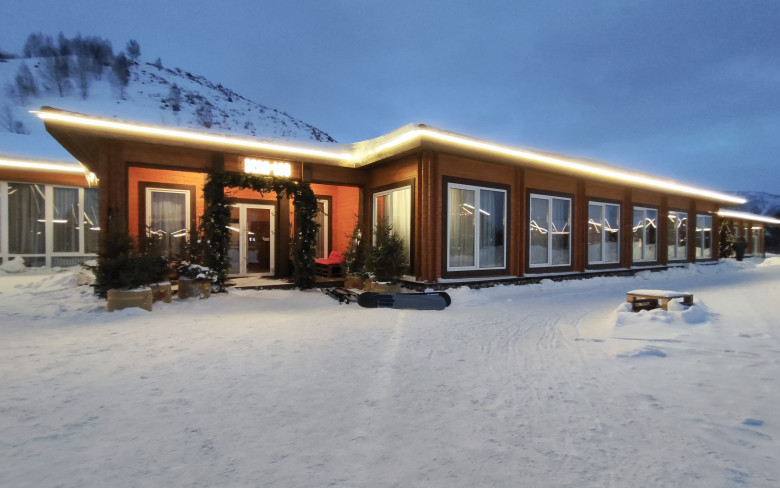
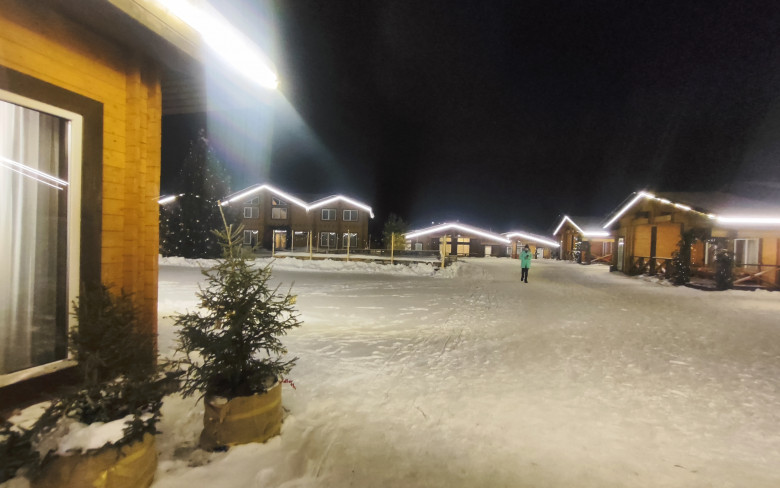
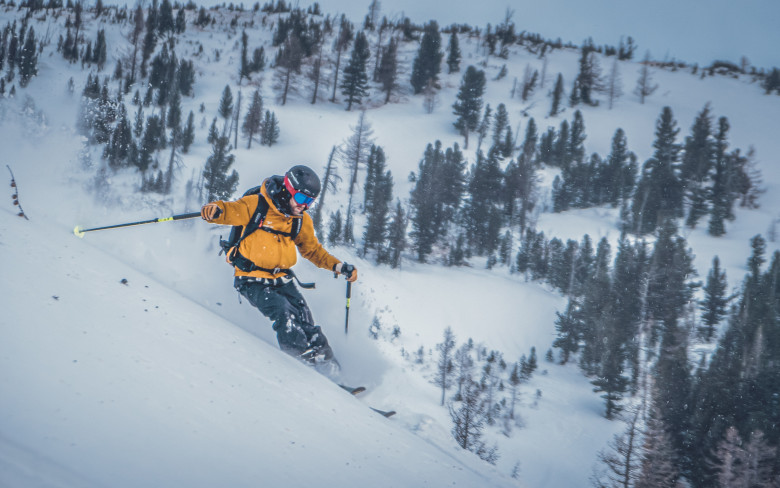
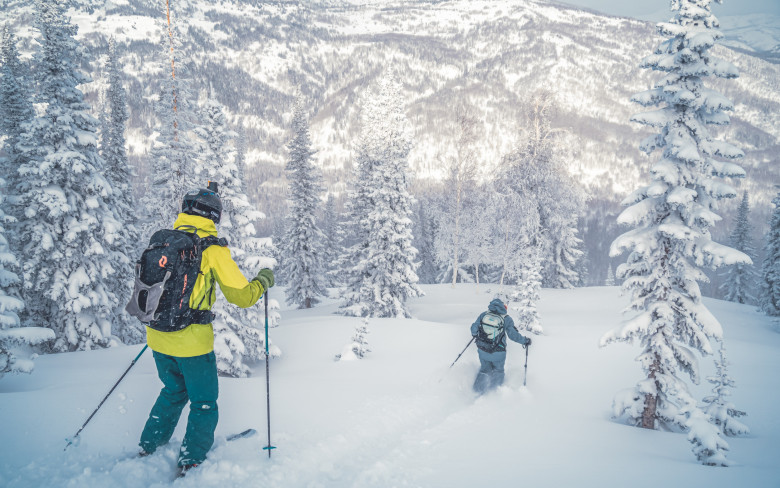
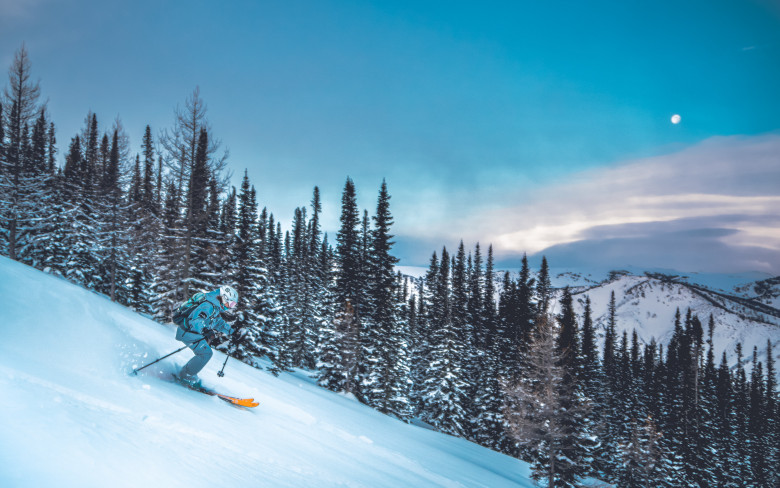
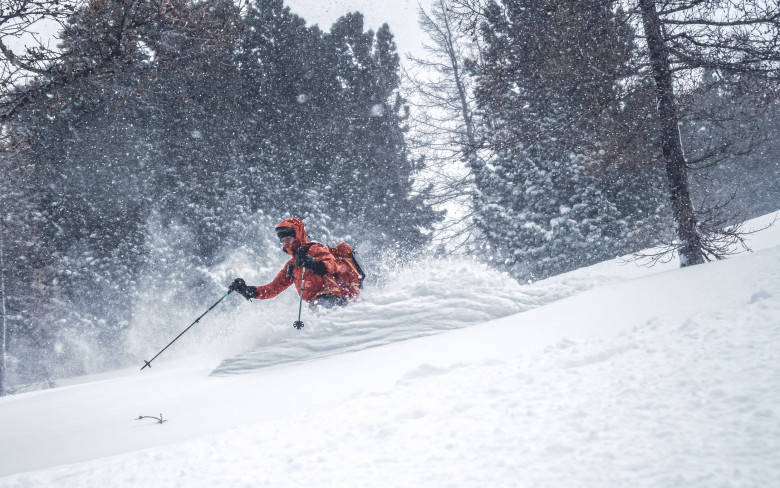
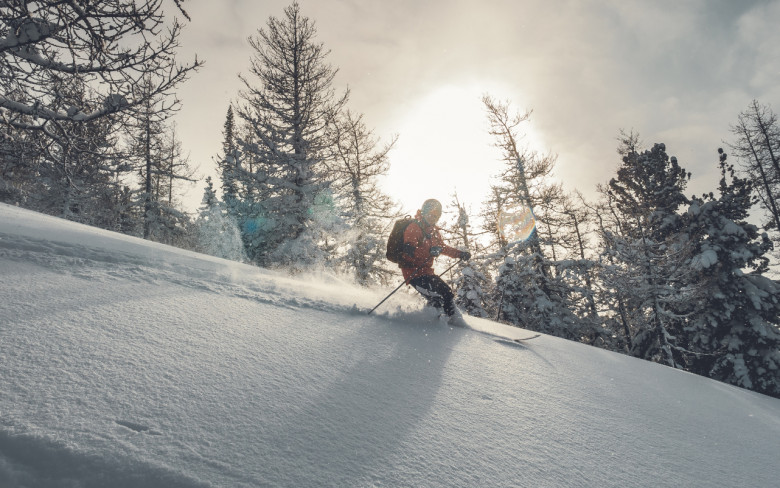
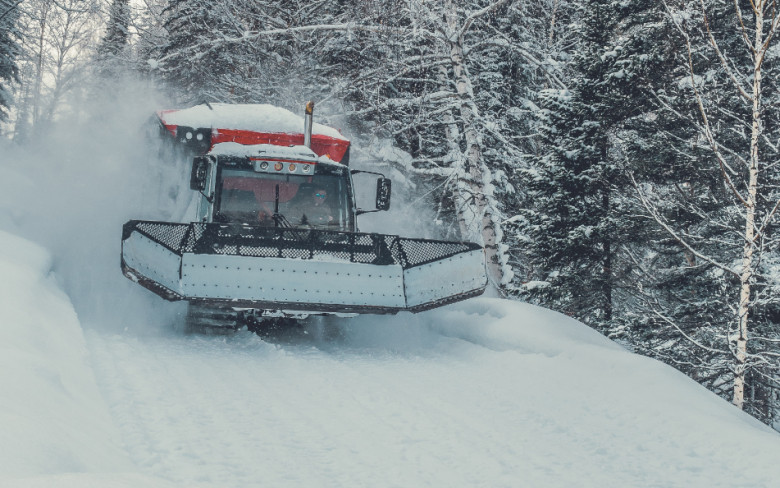
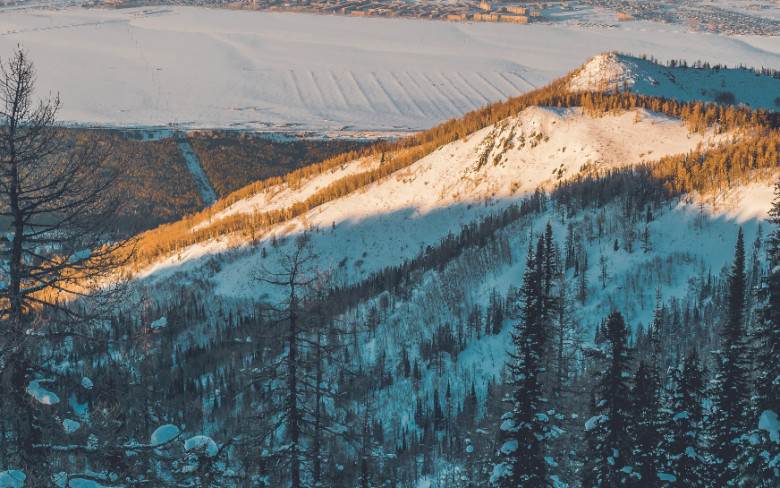
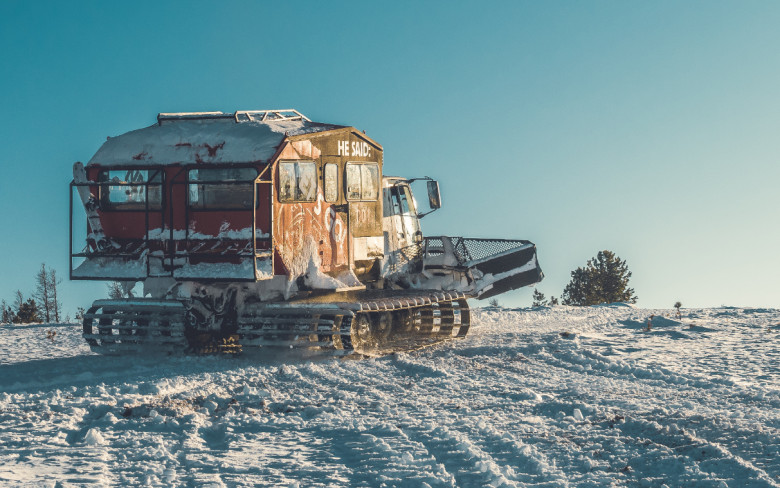
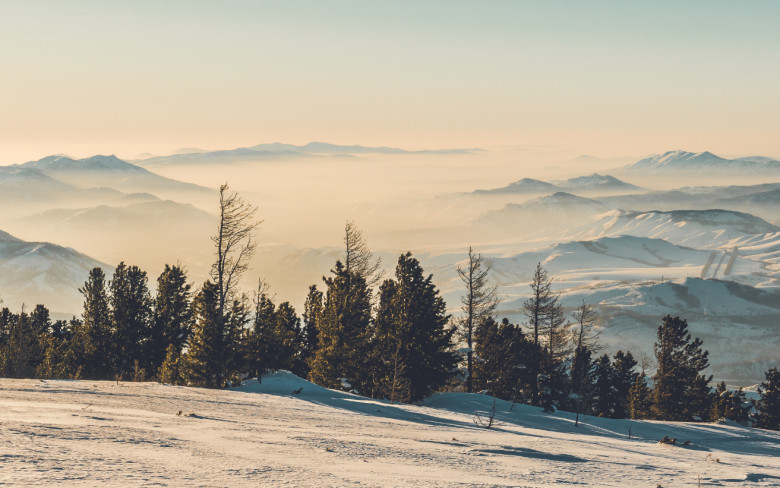
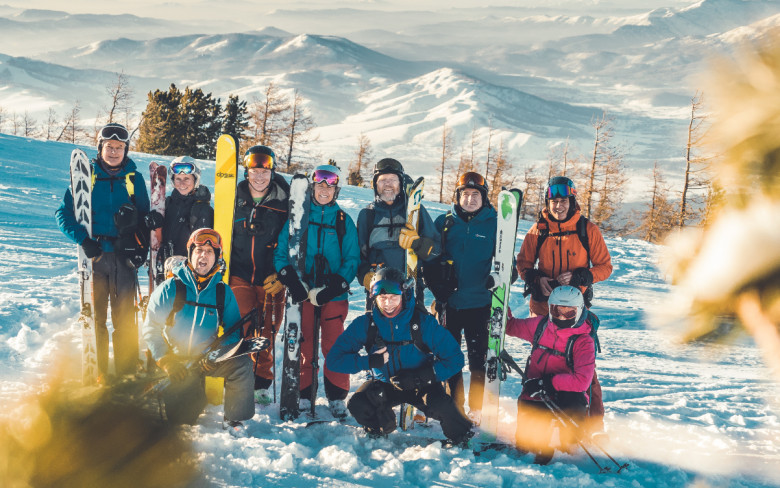
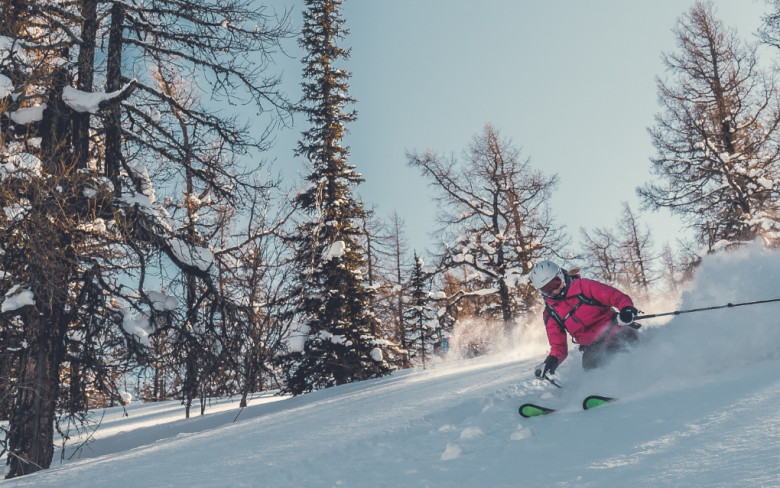
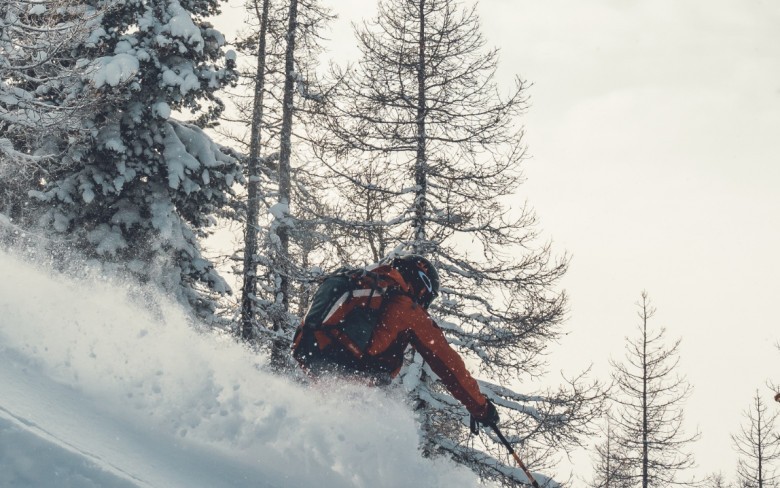
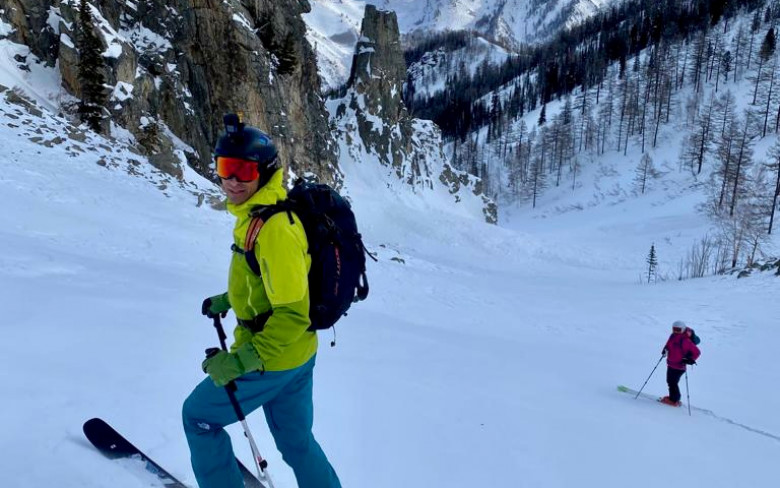
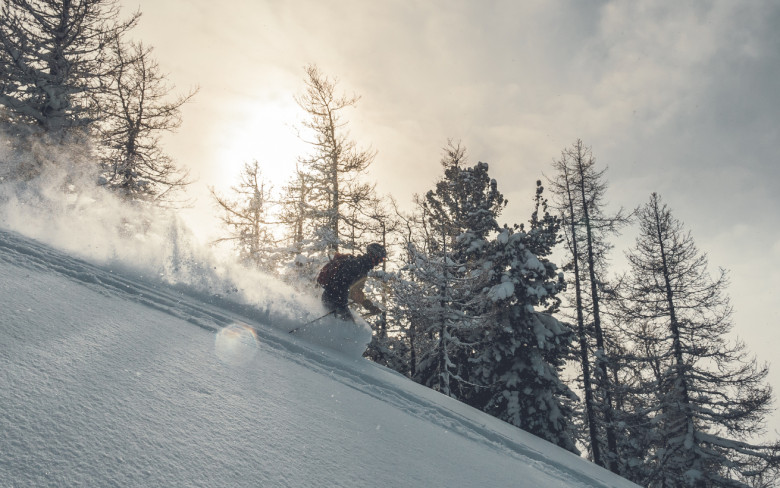
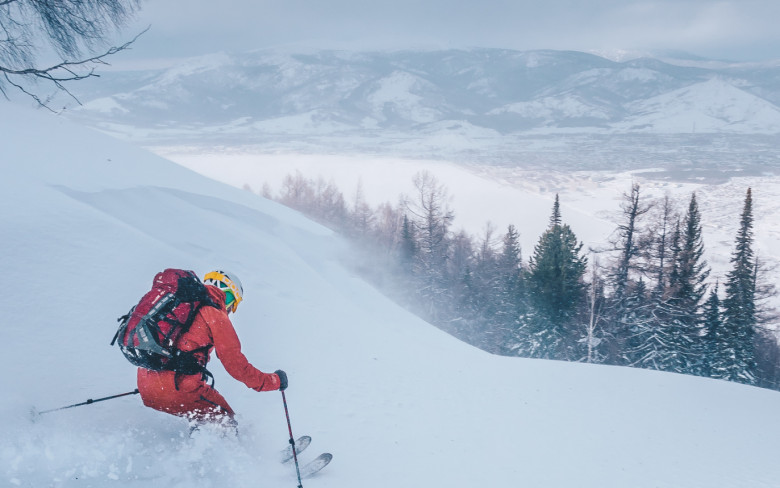
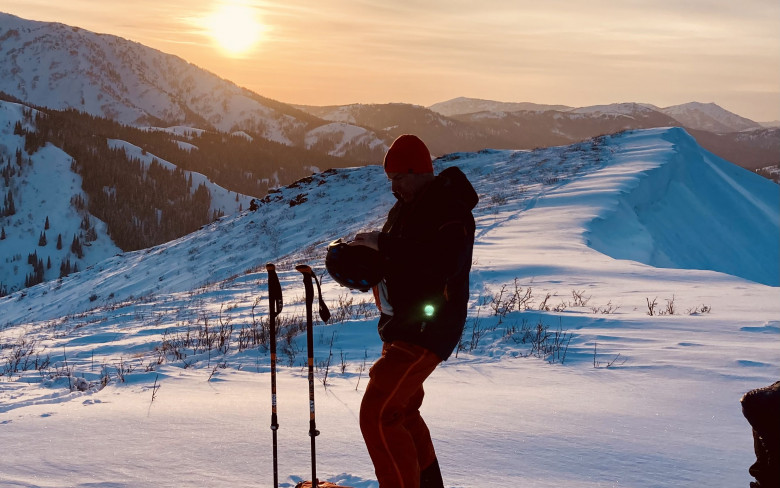
 Travel Website Development
Travel Website Development